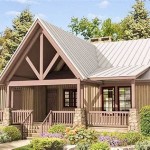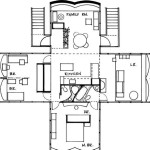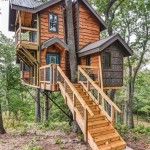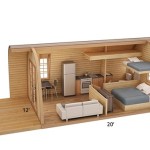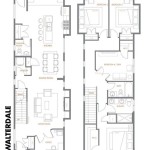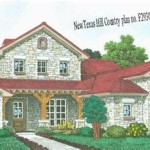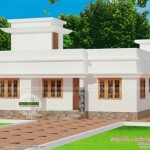Essential Aspects of CofC Historic House Floor Plans
The College of Charleston (CofC) Historic House Floor Plans are a valuable resource for researchers, homeowners, and anyone interested in the architectural history of Charleston, South Carolina. These plans provide detailed information about the design and layout of some of the city's most iconic historic homes.
The plans are based on a survey of historic houses conducted by the CofC in the early 20th century. The survey team measured and photographed each house, and the resulting plans are some of the most accurate and comprehensive records of these buildings available.
The plans are organized by house type and include information about the following:
- The number of stories and rooms
- The size and shape of each room
- The location of doors, windows, and fireplaces
- The type of construction
- The date of construction
The plans are also accompanied by historical information about each house, including the names of its owners and occupants, and any significant events that occurred there.
The CofC Historic House Floor Plans are a valuable resource for anyone interested in the architectural history of Charleston. They provide detailed information about the design and layout of some of the city's most iconic historic homes, and they can be used to inform restoration projects and to better understand the city's architectural heritage.
Types of CofC Historic House Floor Plans
The CofC Historic House Floor Plans include a variety of house types, including:
- Single houses: These houses are typically two stories tall and have a central hall with rooms on either side.
- Double houses: These houses are typically three stories tall and have two separate entrances, one on each side of the house.
- Piazzas: These houses have a large, open porch on the front of the house.
- Townhouses: These houses are typically three or four stories tall and have a narrow facade.
The plans also include a variety of architectural styles, including:
- Colonial: These houses are characterized by their simple, symmetrical design and their use of brick or wood.
- Federal: These houses are characterized by their more elaborate design and their use of decorative details, such as moldings and pediments.
- Greek Revival: These houses are characterized by their use of classical Greek architectural elements, such as columns and porticos.
- Antebellum: These houses are characterized by their large size and their use of elaborate decorative details, such as cast iron balconies and wrought iron fences.
Using the CofC Historic House Floor Plans
The CofC Historic House Floor Plans can be used in a variety of ways, including:
- Research: The plans can be used to research the architectural history of Charleston and to learn more about the design and layout of historic houses.
- Restoration: The plans can be used to inform restoration projects and to ensure that historic houses are restored to their original condition.
- Interior design: The plans can be used to inspire interior design projects and to create historically accurate interiors.
- Education: The plans can be used to teach students about the architectural history of Charleston and to help them understand the different types of historic houses that exist in the city.
The CofC Historic House Floor Plans are a valuable resource for anyone interested in the architectural history of Charleston. They provide detailed information about the design and layout of some of the city's most iconic historic homes, and they can be used to inform restoration projects, interior design projects, and education.

Randolph Hall The College S First Classroom Building Discovering Our Past Of Charleston Histories

Historic Houses College Of Charleston

Historic Houses College Of Charleston

Historic Houses College Of Charleston

Historic Houses College Of Charleston

3 First And Second Floor Plans William Blacklock House 18 Bull Street Charleston County Sc Library Of Congress

Historic Houses College Of Charleston

Historic Houses College Of Charleston

Fenwick Hall Plantation

Historic Houses College Of Charleston

